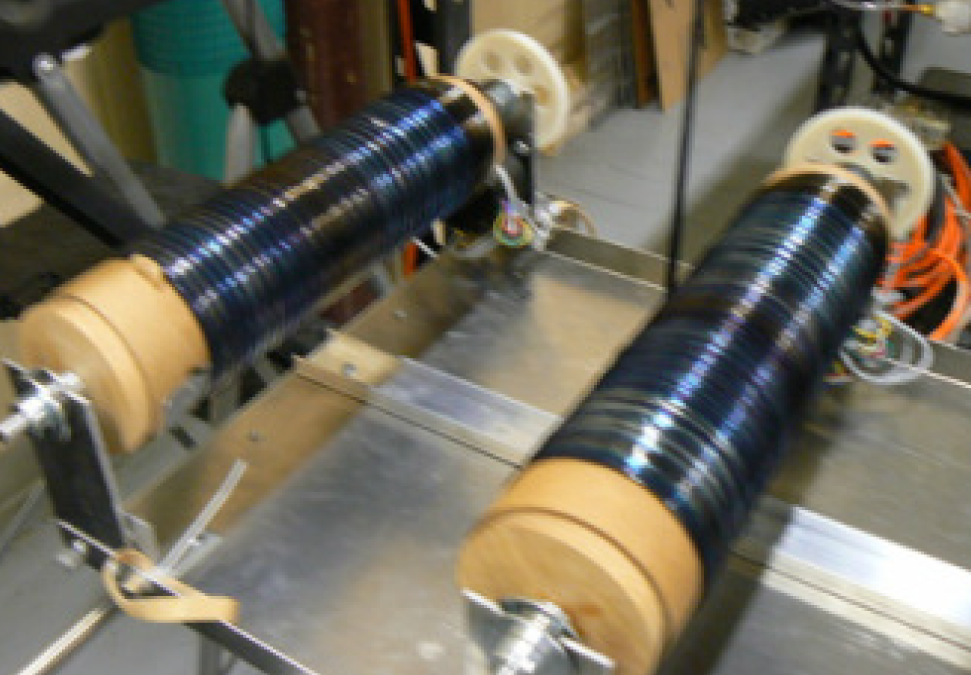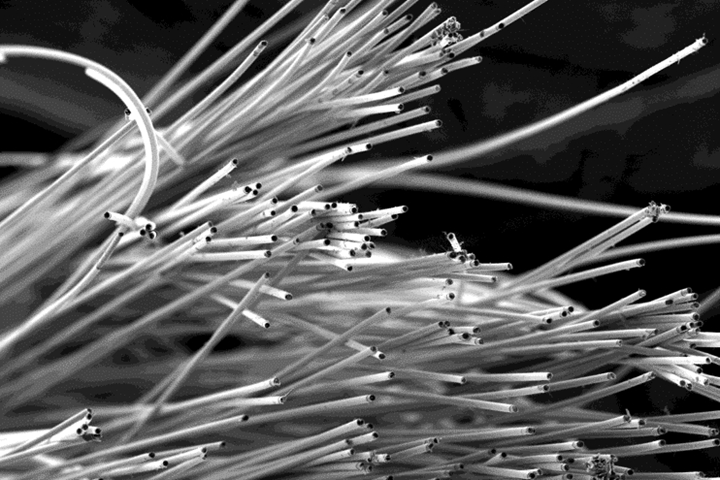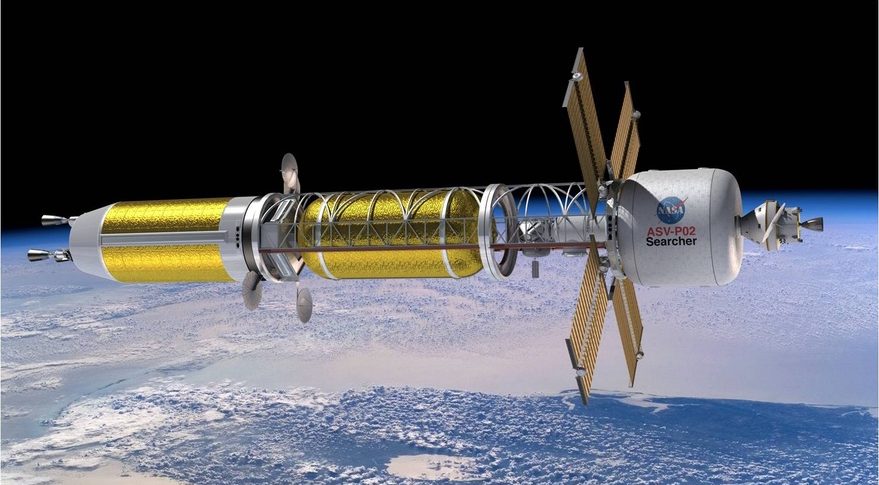
Production Conversion of PAN Carbon Fiber to Fi-BarTM
January 27, 2015
Early Stage Innovation Award From Idaho Technology Council
October 21, 2015
Take-Up Reels Showing Conversion of PAN Carbon Fiber to Fi-Bar™
Unit #1 - Two of the take-up reels giving us the first quality assurance metric - "peacock coloration". The change in the fiber from black to the multiple colors is an indication that the PAN carbon fiber base material has been converted to Fi-BarTM. Independent analysis of Fi-BarTM has been completed validating the partial conversion of all the filaments in the tow. Additional QA testing is continuing using inhouse SEM/EDS and independent laboratories for complete analysis and verification to measure the extent of conversion, tensile strength, modulus, and upper use temperature of the converted fiber. A second production unit is currently being fabricated to increase production.
Related posts
July 13, 2021
January 15, 2021




